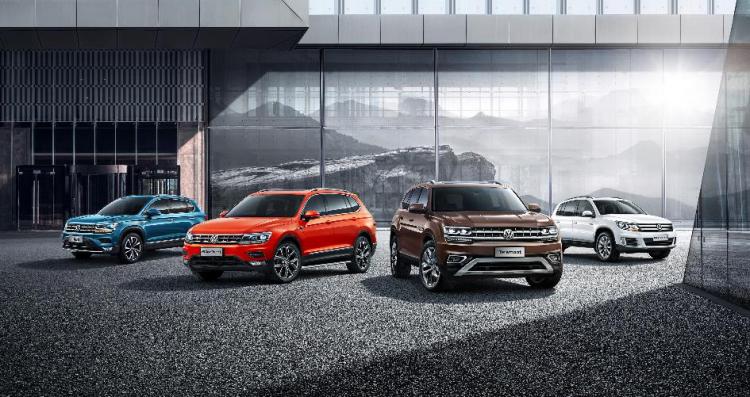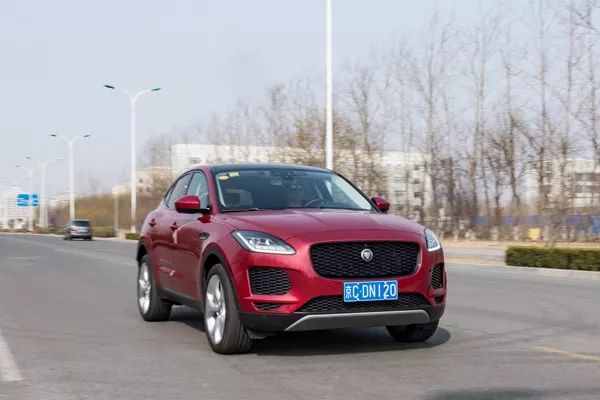In 2015, Mitsubishi officially released the third-generation Pajero Sport model. Prior to this, Mitsubishi officially announced that it had stopped the research and development of the Pajero series due to its financial situation. Therefore, this also made this Pajero Sport, which was originally a collateral line, very likely to become the only remaining fruit of the legendary Mitsubishi Pajero series. At the beginning of the release of the third-generation model, this new car also encountered a lot of controversy because of its futuristic styling.

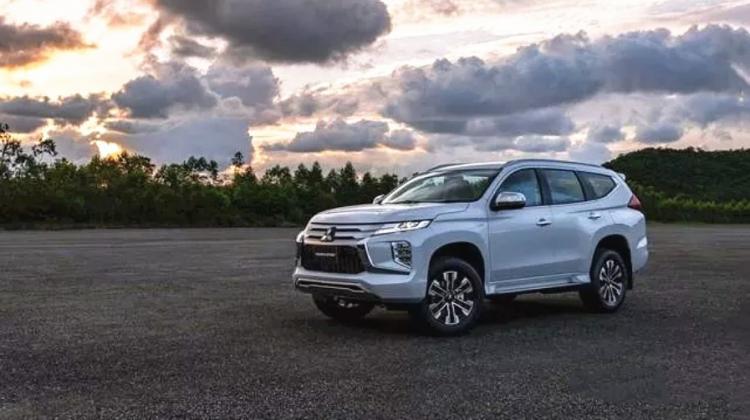
A few days ago, Mitsubishi officially released the small facelift of the third-generation Pajero Sport in Thailand. Compared with the old model, the new small facelift Pajero Sport further optimizes the family style of Mitsubishi Dynamic Shield, making the future of the vehicle The sense of technology and technology is further enhanced. The more critical point is that with the progress of the times, the shape of the small facelift Pajero Sport has gained higher acceptance. In a sense, the facelifted Pajero Sport may define a new generation of hard-core off-road vehicle design techniques.
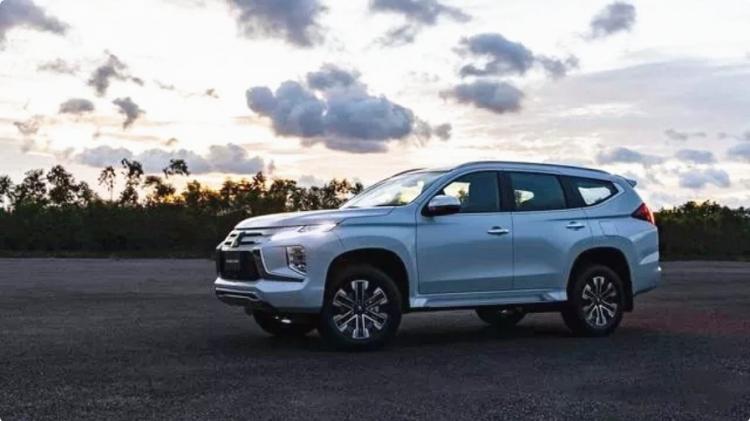
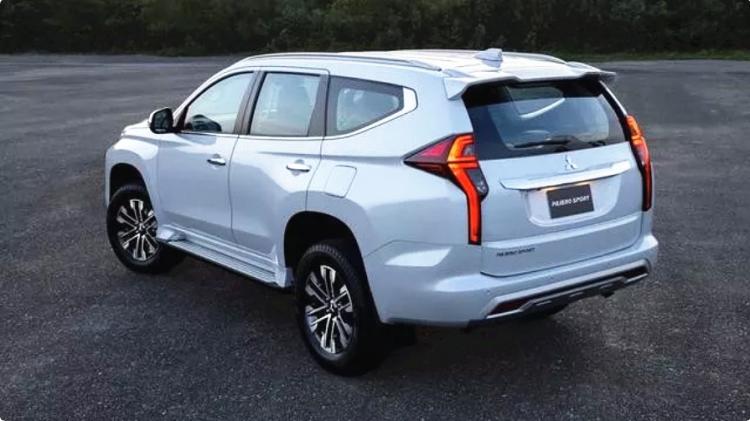
From the appearance point of view, the small facelift Pajero Sport basically maintains the same style of the front face as the old model. The headlights and air intake grille are also highly integrated to extract the overall futuristic and technological sense of the vehicle. However, thanks to the application of LED technology, the longitudinal size of the headlights of the facelifted Pajero Sport has been significantly compressed, which further strengthens its integration with the air intake grille.
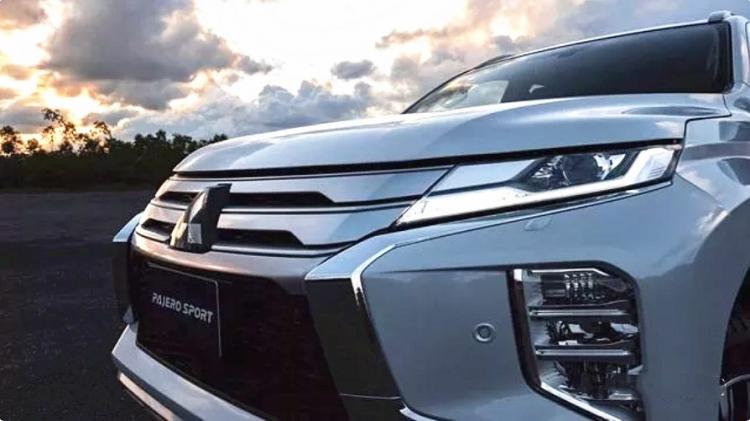

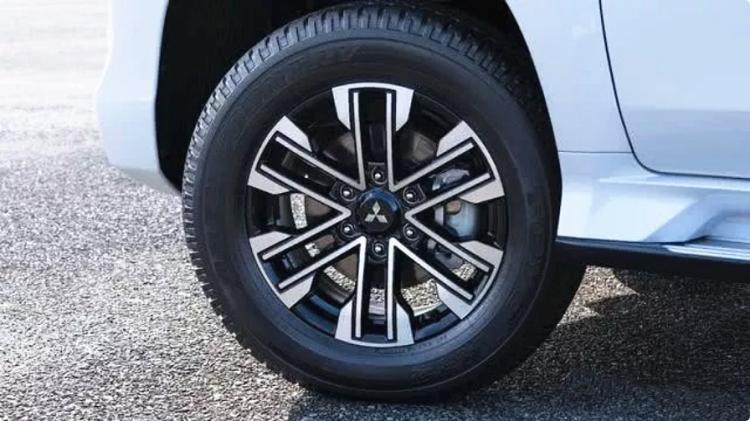
The hourglass feature formed by the large-area chrome-plated air intake grille is still retained, but on both sides of the hourglass-shaped air intake grille waist pinch feature, the minor facelift Pajero Sport has added a combined light group of auxiliary light sources, which are located in the visually hidden area. The size of this light group has also been increased, forming an effect similar to split headlights. Under the visual stretching effect of the combination light group, the extruded front face features of the old models are broken, which increases the visual width of the front of the car. In addition, the lower guard of the front bumper has also adjusted the detailed design, so that the front of the car can be raised and full.

All in all, after the new family-style front face is installed, the facelift Mitsubishi Sport will obviously be more refined. The shape of the whole vehicle still retains the traditional non-load-bearing body configuration. Under the rigidity of the non-load-bearing body, the facelifted Pajero also presents a sense of handsomeness and slenderness that urban SUVs do not have. The overall proportions are relatively good. The wheels have also been given a new look.
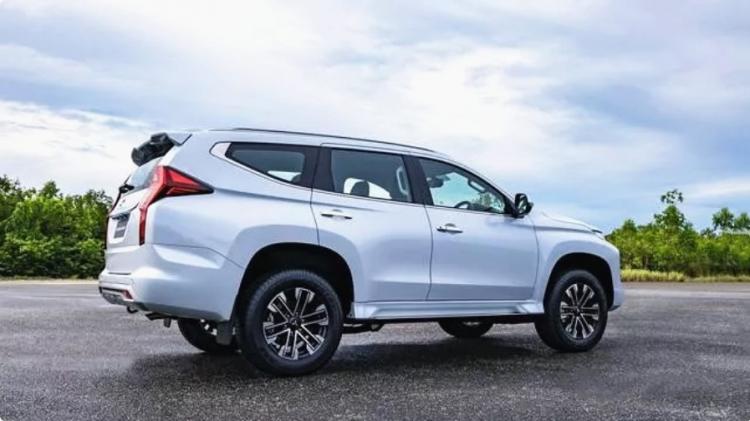
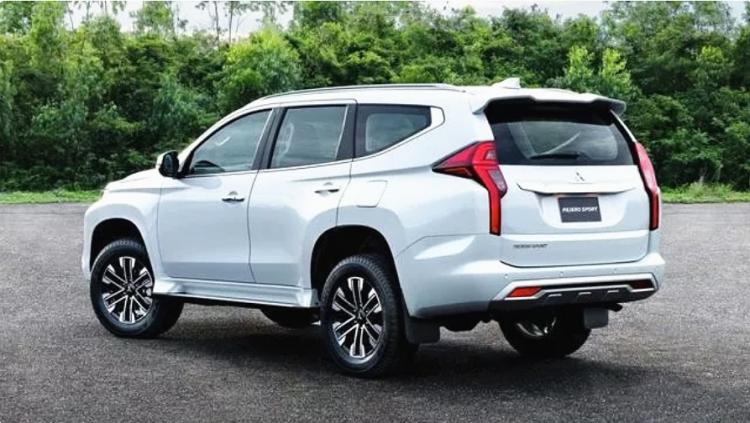
The design of the rear of the vehicle is still the previously controversial special-shaped vertical taillights, but this time Mitsubishi has adjusted the size of the taillights to compress the downward penetration of the longitudinal features. At the same time, the interior structure has been changed so that the visual orientation of the longitudinal features is less pronounced. The low-opening tailgate, which was a highlight on the old model, is still retained. In addition, the shape of the rear spoiler and the lower guard of the rear bumper of the new car has also been adjusted, which strengthens the multi-layered side and effectively improves the “bald” visual perception of the old model.
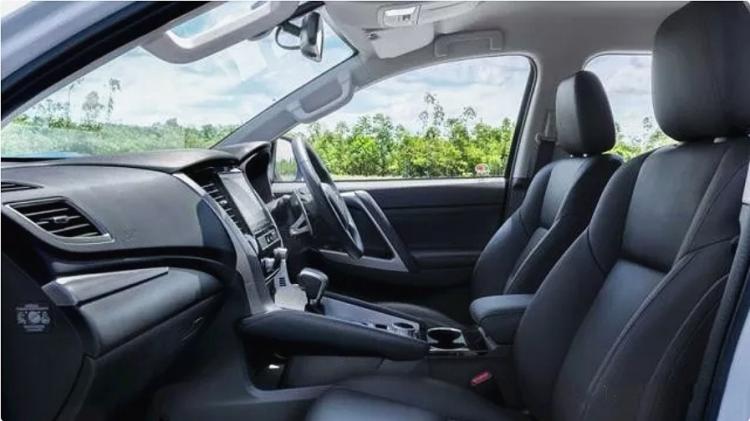
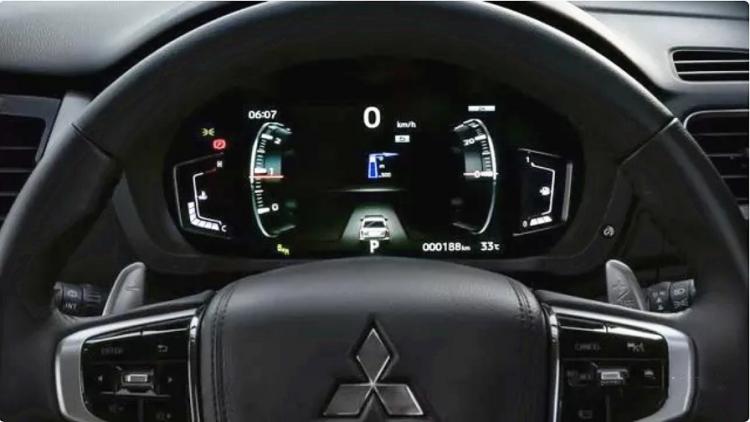
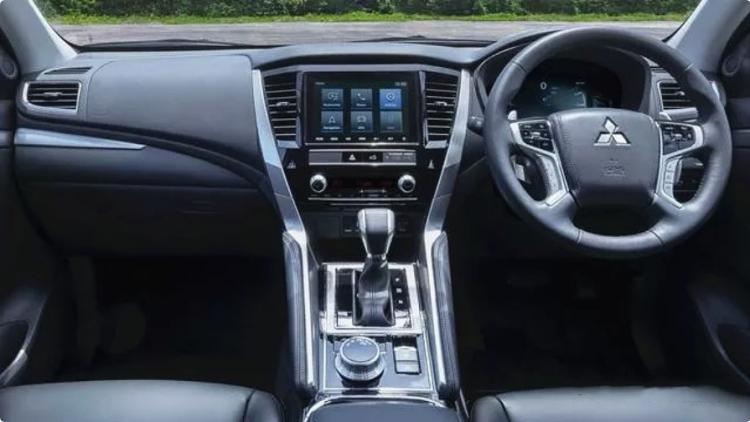
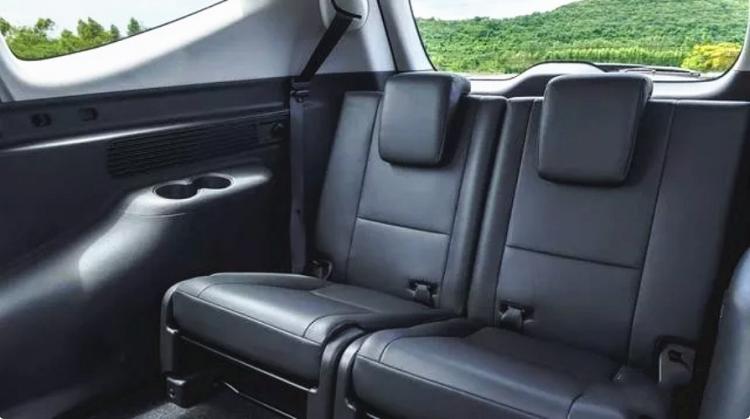
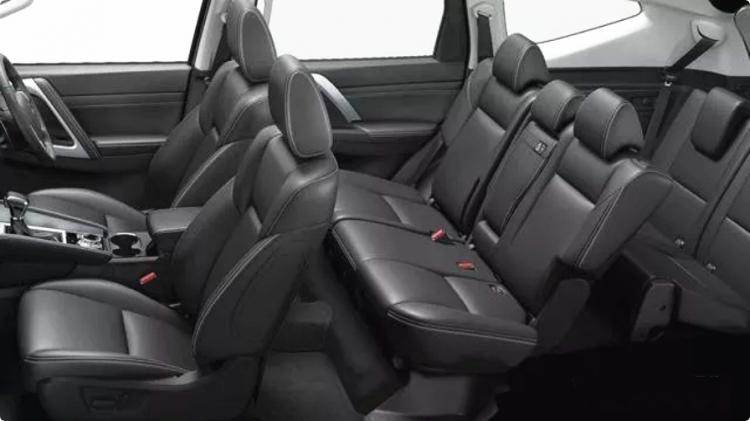
The changes in the interior of the vehicle are not large, focusing on upgrading the configuration. Compared with the old models, the newly facelifted Mitsubishi Pajero Sport adds a new set of human-computer interaction systems, and expands the safety configuration functions, adding rear cross traffic warning and lane change assistance systems. The instrument panel has also been upgraded to a full LCD instrument.

In terms of power, the brand-new Mitsubishi Pajero Sport has added a brand-new 2.4L turbocharged diesel engine in the Thai market, with a maximum output of 178 horsepower and a maximum output of 430 Nm. It is matched with an eight-speed automatic transmission and a second-generation super-selected four-wheel drive system. Low-end models offer the option of two-wheel drive.

In terms of the market, the new facelift Mitsubishi Pajero will be the first to be released in the Thai market, priced between 1,299,000 baht and 1,599,000 baht, or about RMB 288,000 to 355,000. According to previous official news from GAC Mitsubishi, the brand new Mitsubishi Pajero Sport will also be introduced into domestic sales as an imported car.
Written at the end, how should I put it, we have really been waiting for many years for the new generation of Mitsubishi Pajero Sport.


